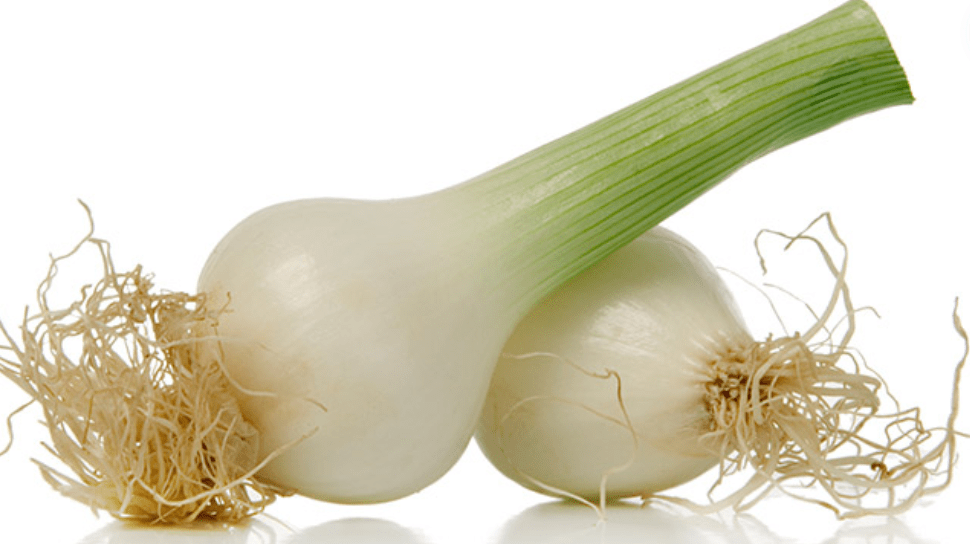
Green Onion Bulbs: How to Plant, Grow, and Harvest
Green onions, also known as scallions, are a versatile and flavorful addition to any garden. In this post, we will walk you through the process of planting, growing, and harvesting green onion bulbs. Whether you are a seasoned gardener or just starting out, these step-by-step instructions and best practices will help you cultivate healthy and abundant green onions in your own backyard. Let’s get started!
Table of Contents
ToggleUnderstanding Green Onion Bulbs
A. What Are Green Onion Bulbs?
Green onion bulbs, also known as scallions, are a type of vegetable in the allium family that have a mild, onion-like flavor. They are characterized by their long, slender green leaves and a small, white bulb at the base. Green onions are commonly used in a variety of cuisines and dishes for their flavor and versatility.
B. Benefits of Growing Green Onion Bulbs
Growing Scallion Bulbs at home has several benefits. Firstly, they have a mild flavor and can be used in a variety of dishes, including salads, stir-fries, and garnishes, adding a fresh and flavorful touch to your meals. Additionally, green onions are easy to grow, making them a great option for gardeners with limited space. They can be planted in containers or directly in the ground, and with proper care, you can enjoy a continuous harvest of fresh green onions throughout the growing season. By growing your own green onions, you can also save money and have a convenient supply of this versatile and tasty ingredient right in your own backyard. Overall, growing green onion bulbs can be a rewarding and enjoyable experience for any home gardener.
Preparing to Plant Green Onion Bulbs
A. Choosing the Right Variety
When preparing to plant Scallion Bulbs, it’s important to choose the right variety for your garden. There are several different types of green onions, including scallions, bunching onions, and Welsh onions, each with its own unique flavor and growing requirements. Consider the space you have available and the climate in your area when selecting a variety to ensure the best chance of success. Additionally, be sure to select bulbs that are firm and free from any signs of damage or disease to give them the best start in your garden. With the right variety and healthy bulbs, you can look forward to a bountiful harvest of delicious green onions to enjoy in your cooking.
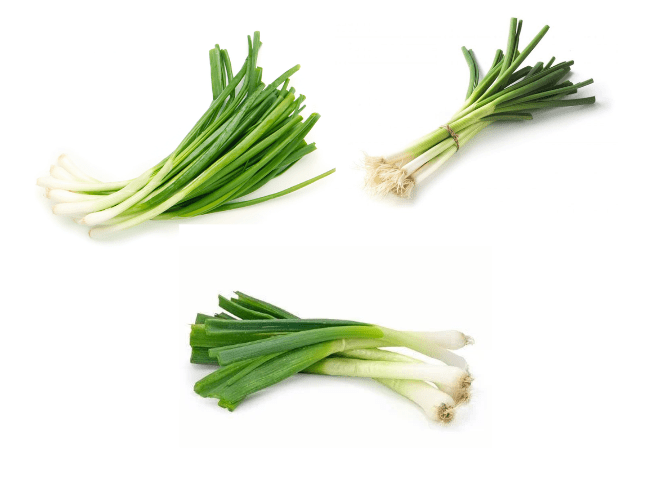
B. Selecting the Ideal Location
When selecting the ideal location for planting Scallion Bulbs, it’s important to consider their growing requirements. Green onions thrive in well-drained, fertile soil with plenty of sunlight. Choose a spot in your garden that receives at least 6-8 hours of sunlight each day and has soil that is rich in organic matter. Avoid areas with compacted or waterlogged soil, as this can hinder the growth of your green onions. Additionally, consider spacing requirements for the variety of green onions you have chosen, as some may need more space to grow than others. By selecting the right location for planting your green onion bulbs, you can ensure they have the best chance of thriving and providing you with a plentiful harvest.
C. Obtaining and Preparing Bulbs
When obtaining green onion bulbs for planting, it’s important to choose healthy, firm bulbs that are free from any signs of damage or disease. You can typically find green onion bulbs at your local nursery or garden center in the spring. Before planting, it’s important to prepare the bulbs by trimming any dead or damaged roots and removing any outer layers of dry or damaged skin.
To prepare the planting site, loosen the soil to a depth of about 6-8 inches and incorporate some well-rotted compost or organic matter to improve the soil’s fertility. This will provide the Scallion Bulbs with the nutrients they need to grow and thrive.
By taking the time to obtain and prepare your green onion bulbs properly, you can set the stage for a successful and bountiful harvest.
Planting Green Onion Bulbs
A. Planting in the Ground
When planting green onion bulbs in the ground, make sure to space them about 6 inches apart in rows that are about 12 inches apart. Plant the bulbs about 1 inch deep, making sure the roots are facing downwards. Gently pat the soil down around the bulbs to ensure they are secure. Water the bulbs thoroughly after planting and continue to water them regularly, especially during dry periods. With proper care and maintenance, your Green Onion Cloves should grow and produce fresh, tasty green onions for you to enjoy.
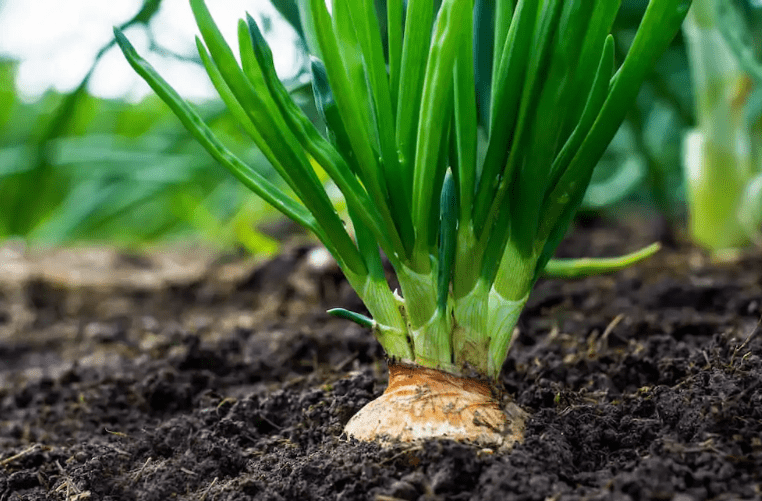
B. Planting in Containers
If planting Green Onion Cloves in containers, make sure to choose a container that is at least 6 inches deep and has drainage holes at the bottom to prevent waterlogging. Fill the container with a well-draining potting mix and space the bulbs about 2 inches apart. Plant the bulbs about 1 inch deep, making sure the roots are facing downwards. Water the bulbs thoroughly after planting and continue to water them regularly, making sure the soil is kept consistently moist. Place the container in a sunny spot with at least 6 hours of sunlight each day. With proper care and maintenance, your green onion bulbs should thrive and provide you with a bountiful harvest of fresh, flavorful green onions.
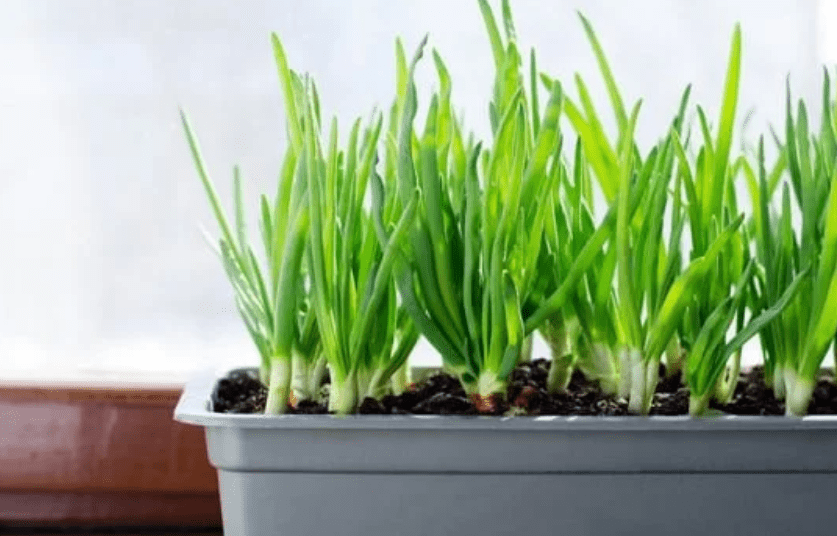
C. Companion Planting
When it comes to companion planting, it’s important to choose the right plants to pair together to promote healthy growth and ward off pests. Some good companion plants for green onions include carrots, lettuce, and tomatoes. These plants can help repel pests and improve soil health for the green onion bulbs. Avoid planting green onions near beans, peas, or sage, as they can negatively affect each other’s growth. By carefully selecting companion plants, you can create a thriving and harmonious garden environment for your green onions.
Growing Green Onion Bulbs
A. Watering and Fertilizing
When it comes to growing green onion bulbs, it’s important to ensure they receive adequate water and fertilizer. Green onions require regular watering, especially during dry periods, to keep the soil consistently moist but not waterlogged. Fertilizing with a balanced fertilizer can help promote healthy growth and flavorful bulbs. It’s best to fertilize green onions lightly every 3-4 weeks, being careful not to over-fertilize as this can lead to excessive leaf growth rather than bulb development. By maintaining proper watering and fertilizing practices, you can help ensure the successful growth of your green onion bulbs.
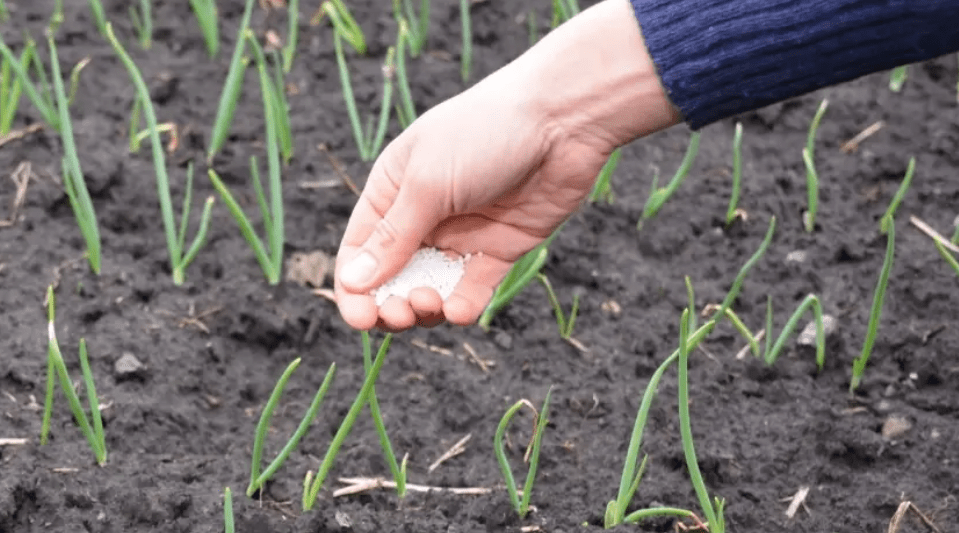
B. Mulching and Weed Control
Mulching around green onion bulbs can help conserve moisture, regulate soil temperature, and suppress weed growth. It’s best to use a layer of organic mulch such as straw, grass clippings, or compost to help retain moisture in the soil and prevent weeds from competing with the green onions for nutrients. Additionally, regularly removing weeds from around the green onion bulbs can help prevent them from overshadowing and stunting the growth of the bulbs. By implementing mulching and weed control practices, you can create a conducive environment for the healthy development of your green onion bulbs.
C. Pest and Disease Management
1. Common pests and diseases affecting green onions
Common pests that can affect green onions include aphids, thrips, and onion maggots. These pests can cause damage to the foliage and bulbs of the green onions. Additionally, diseases such as downy mildew, botrytis leaf blight, and white rot can also affect the health of green onion plants. Implementing proper pest and disease management practices, such as regular monitoring for signs of infestation, proper sanitation, and using organic pesticides or fungicides when necessary, can help prevent and control these issues and ensure the health and productivity of your green onion plants.
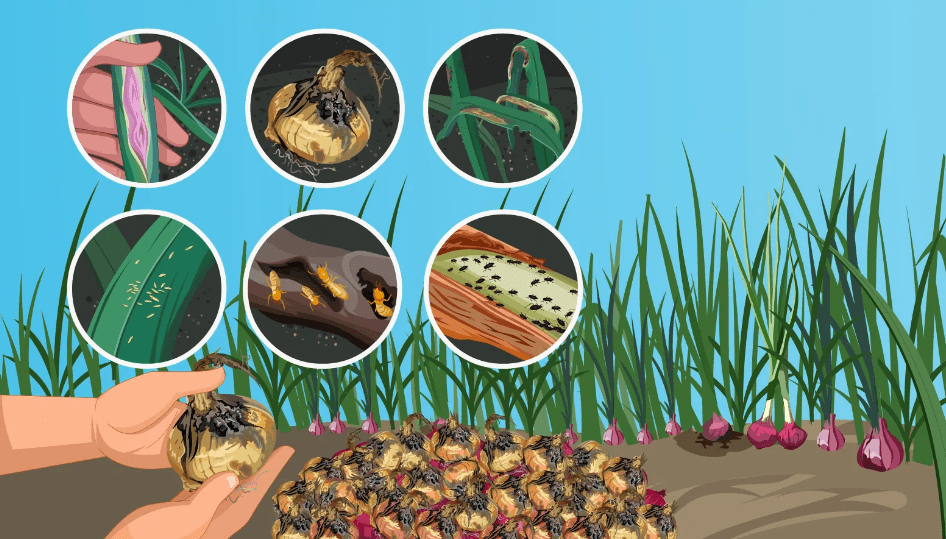
2. Organic and chemical control methods
Organic pest and disease control methods for green onions include using beneficial insects, such as ladybugs and lacewings, to naturally control aphids and thrips. Additionally, planting companion plants like marigolds or garlic can help deter pests. Using neem oil, insecticidal soap, or horticultural oils can also effectively control aphids and thrips without the use of harsh chemicals.
Chemical control methods for green onion pests and diseases include using synthetic insecticides and fungicides. It’s important to follow the instructions on the label and use these products sparingly to avoid harming beneficial insects or causing harm to the environment.
Ultimately, a combination of both organic and chemical control methods may be necessary to effectively manage pests and diseases and prevent damage to green onion plants. Regular monitoring and early intervention are key to maintaining a healthy crop.
D. Pruning and Maintenance
Pruning and Maintenance are important for the health and productivity of green onion plants. Regular pruning of any damaged or yellowing leaves will help promote new growth and prevent the spread of disease. It’s also important to remove any weeds that may compete with the green onions for nutrients and water. Additionally, planting companion plants like marigolds or garlic can help deter pests. Using neem oil, insecticidal soap, or horticultural oils can also effectively control aphids and thrips without the use of harsh chemicals. Chemical control methods for green onion pests and diseases include using synthetic insecticides and fungicides. It’s important to follow the instructions on the label and use these products sparingly to avoid harming beneficial insects or causing harm to the environment. Ultimately, a combination of both organic and chemical control methods may be necessary to effectively manage pests and diseases and prevent damage to green onion plants. Regular monitoring and early intervention are key to maintaining a healthy crop.
Harvesting Green Onion Bulbs
A. When to Harvest
Green onions can be harvested when the bulbs have reached the desired size, usually around 1-2 inches in diameter. You can gently pull the green onions out of the ground, taking care not to damage the bulbs. It’s best to harvest green onions in the morning when the bulbs are still crisp and fresh. Once harvested, you can store them in the refrigerator for up to a week. And remember, harvesting green onions regularly will encourage new growth and allow for a continuous harvest throughout the growing season.
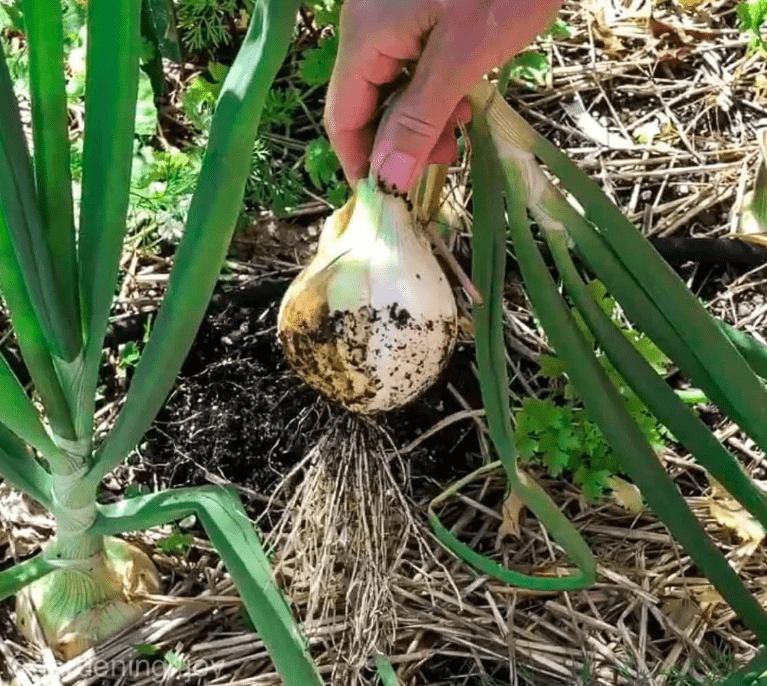
B. Post-Harvest Handling
After harvesting green onion bulbs, it’s important to handle them properly to ensure they stay fresh and flavorful. Start by trimming off the roots and any wilting green tops. Then, rinse the bulbs under cool water to remove any dirt or debris. Once cleaned, you can store the green onion bulbs in the refrigerator. For longer storage, you can also chop the bulbs and freeze them for later use. Proper post-harvest handling will help extend the shelf life of your green onions and ensure they taste their best when used in your favorite recipes.
Culinary Uses and Recipes
A. Cooking with Green Onions
Green onions are a versatile ingredient that can be used in a variety of dishes. They add a mild, onion flavor and a pop of color to your meals. Green onions are often used as a garnish for soups, salads, and noodle dishes, but they can also be incorporated into stir-fries, omelets, and dips. They can be used both raw and cooked, so feel free to experiment with different culinary uses. If you’re looking for recipe ideas, consider adding green onions to a chicken and vegetable stir-fry, a creamy potato salad, or a homemade salsa. The possibilities are endless when it comes to cooking with green onions!
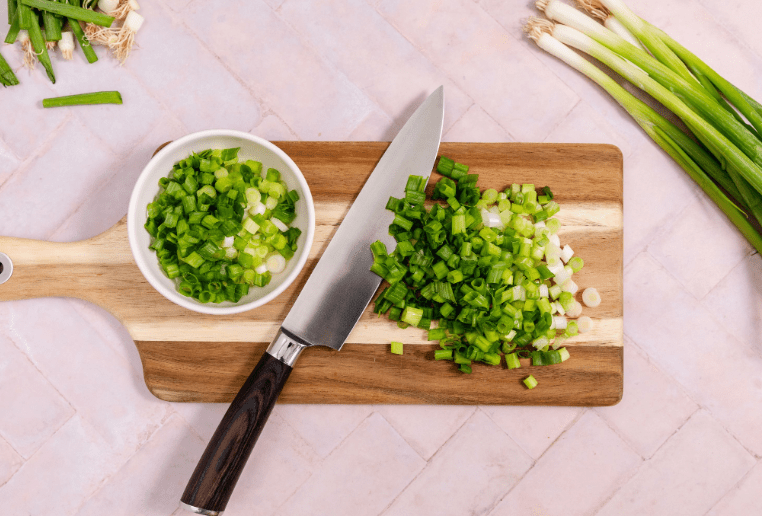
B. Preserving and Storing Green Onions
When it comes to preserving and storing green onions, it’s important to keep them fresh and flavorful for as long as possible. To store green onions, you can wrap them in a damp paper towel and place them in a plastic bag in the refrigerator. This will help keep them crisp and prevent wilting. Alternatively, you can store them in a glass of water on your countertop, changing the water every few days to keep them fresh.
To preserve green onions for future use, consider chopping them and freezing them in an airtight container. This will allow you to have green onions on hand for whenever you need them in a recipe. Another option is to pickle green onions in a vinegar-based brine, which will add a tangy flavor and extend their shelf life.
By following these tips, you can ensure that your green onions stay fresh and tasty, ready to be used in your cooking whenever you need them.
C. Innovative Recipe Ideas
There are a few different methods you can use to ensure your green onions stay crisp and flavorful. One option is to store them in the refrigerator, either wrapped in a damp paper towel or in a glass of water on your countertop, changing the water every few days. Another option is to chop the green onions and freeze them in an airtight container for future use. Additionally, you can pickle green onions in a vinegar-based brine to add a tangy flavor and extend their shelf life. These methods will help you keep your green onions fresh and ready to use in your cooking whenever you need them.
In conclusion, planting, growing, and harvesting green onion bulbs is a relatively simple process that can yield delicious results. By following the steps outlined in this post, you can enjoy a bountiful harvest of fresh green onions for use in your cooking. Remember to provide your green onion plants with the proper care and attention, and you’ll be rewarded with a plentiful supply of this versatile and flavorful vegetable. Happy gardening!
Frequently Asked Questions (FAQs)
The best time to plant green onion bulbs is in early spring or late summer.
Plant the bulbs in well-draining soil, about 1 inch deep and 4 inches apart. Water them regularly.
Green onion bulbs can take about 8-12 weeks to reach maturity.
When the bulbs are about the size of a pencil, they are ready to be harvested.
Yes, you can regrow green onion bulbs by leaving about an inch of the bulb and roots intact and planting them again.
Yes, green onion bulbs thrive in full sunlight. Make sure they get at least 6 hours of direct sunlight per day.
Yes, you can plant green onion bulbs in a container as long as it has good drainage and is at least 6 inches deep.
You can store harvested green onion bulbs in the refrigerator for up to 2 weeks or freeze them for longer storage.
